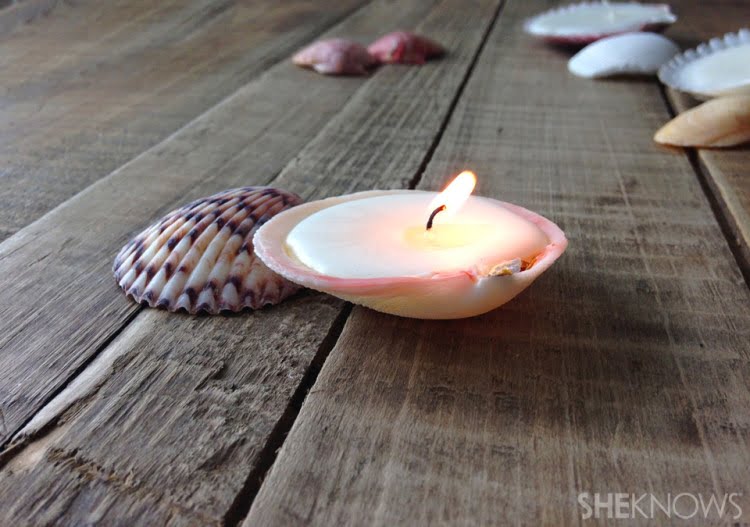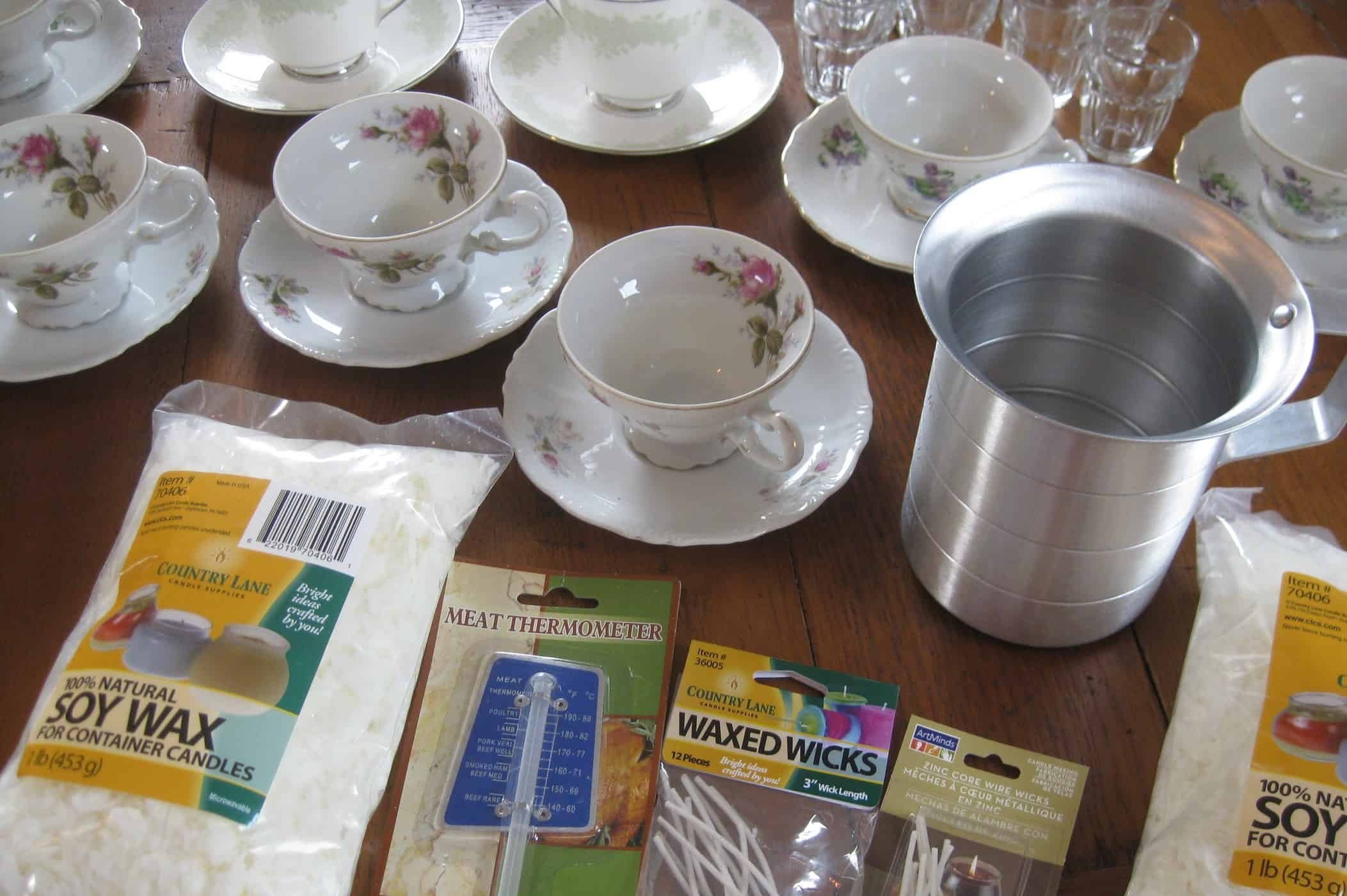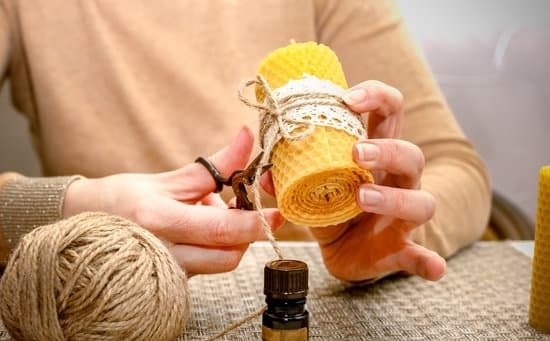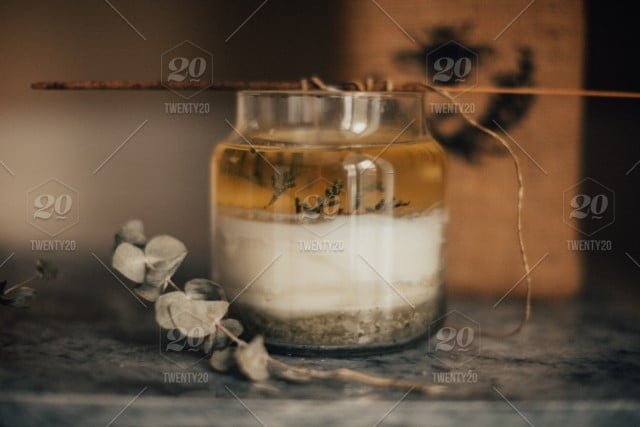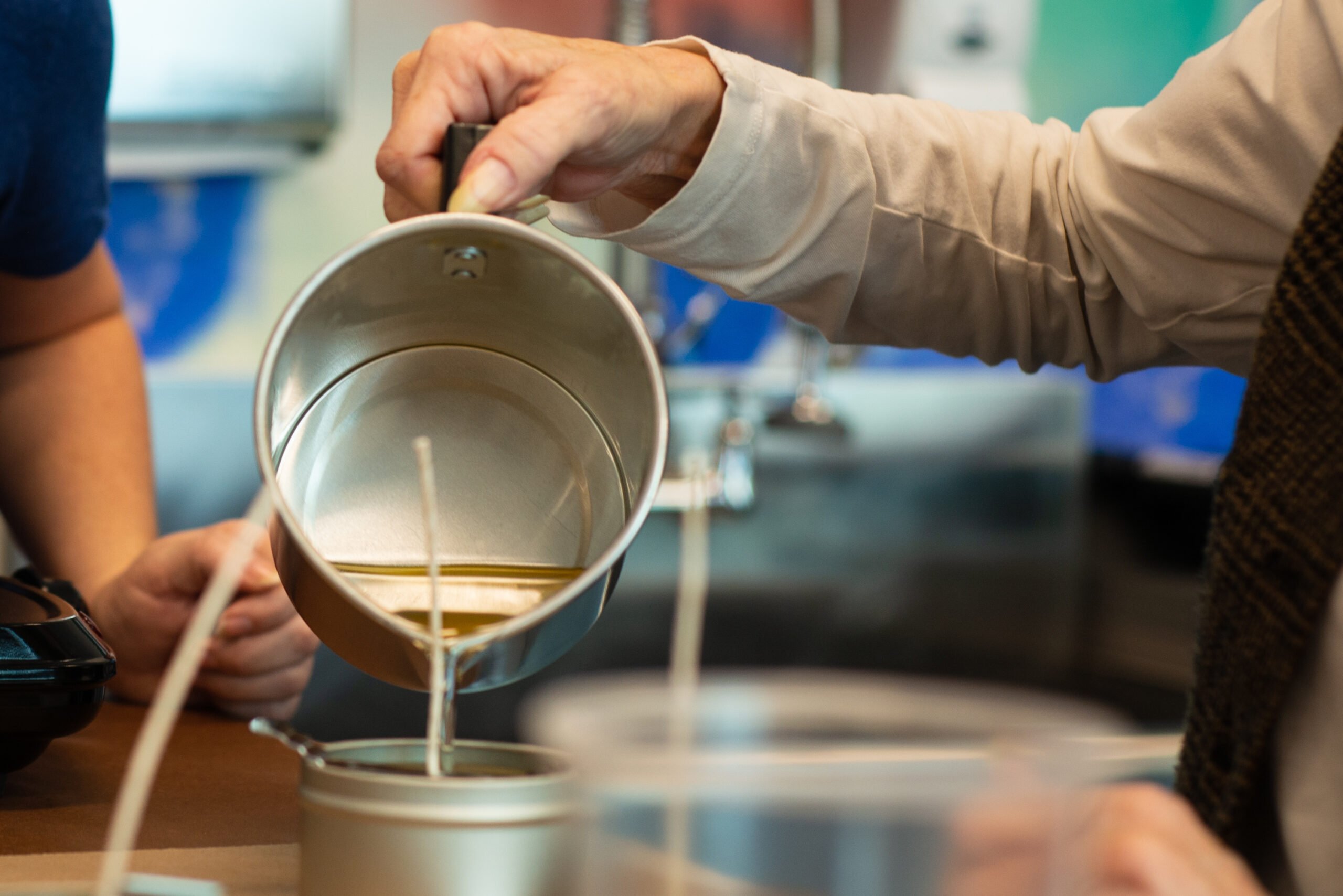Can food coloring be used for candle making? This is a question that many DIY enthusiasts and candle makers have been pondering. The art of candle making has evolved over the years, from traditional methods of dipping wicks in colored wax to the more modern and creative techniques we see today. In this article, we will explore the possibilities of using food coloring in candle making, its benefits, techniques, safety considerations, alternative methods, and creative ideas for using colored candles.
Candle making dates back to ancient times when candles were primarily made from tallow or beeswax. Over time, methods of coloring candles have also evolved. Traditionally, natural materials such as flowers, berries, and roots were used to create colored dyes for candles. However, with the advent of synthetic dyes and pigments in the 19th century, candle makers began using these specialized products to achieve a wider range of vibrant colors for their creations.
Understanding what food coloring is made of and its different types is essential before considering using it in candle making. Food coloring is typically made from synthetic or natural substances that impart color to food and beverages. It comes in various forms such as liquid, gel, and powder.
When it comes to using food coloring in crafts like candle making, there are safety considerations to keep in mind. Understanding the composition of each type of food coloring and its potential interactions with different types of candle wax is crucial for successful use in this art form. Additionally, precautions should be taken when working with hot wax and handling any coloring agents to ensure safe crafting practices.
Understanding Food Coloring
What Food Coloring Is Made Of
Food coloring is a substance that is added to food or drink to change its color. It is typically made from synthetic or natural sources, and it comes in liquid, powder, gel, and paste forms. Synthetic food coloring is often made from petroleum-based chemicals, while natural food coloring can be derived from plants, fruits, vegetables, and other natural sources.
Different Types of Food Coloring
There are two main categories of food coloring: natural and artificial. Natural food coloring is derived from plants and minerals, such as beet juice for red coloring or turmeric for yellow. Artificial food coloring is made from synthetic chemicals and additives created in a laboratory setting. Both types come in a variety of colors and are widely available at grocery stores or online.
Safety Considerations for Using Food Coloring in Crafts
When using food coloring for candle making or other crafts, it’s important to consider the safety of the ingredients being used. Some artificial food colorings may contain additives that could release toxins when burned, so it’s essential to choose non-toxic options. Additionally, some people may have sensitivities or allergies to certain types of food coloring, so it’s crucial to read labels carefully and test a small amount before using it in larger quantities for candle making.
Benefits of Using Food Coloring for Candle Making
Using food coloring for candle making has become a popular alternative to specialized candle dyes. One of the main benefits of using food coloring is its cost-effectiveness. Compared to specialized candle dyes, which can be quite expensive, food coloring is a more affordable option.
Additionally, food coloring offers a variety of colors and shades, allowing candle makers to experiment with different combinations and create unique color palettes for their candles. Another advantage is the ease of accessibility – food coloring can be found in most grocery stores and is readily available for purchase.
When it comes to candle making, achieving the desired color intensity can be crucial in creating visually appealing candles. With food coloring, this can be easily achieved by adding more or less color to the wax until the desired hue is reached. However, it’s important to keep in mind that using too much food coloring may alter the consistency of the candle wax or affect its burning properties.
In addition to these benefits, using food coloring also allows for greater flexibility and creativity in candle making. Whether it’s experimenting with different color combinations or creating themed and seasonal candles, food coloring provides a versatile and accessible way to add vibrant colors to homemade candles.
| Benefits | Food Coloring for Candle Making |
|---|---|
| Cost-effectiveness | Affordable compared to specialized candle dyes |
| Variety of Colors | Offers a wide range of colors and shades |
| Accessibility | Readily available in most grocery stores |
Techniques for Using Food Coloring in Candle Making
Food coloring is a versatile and easily accessible option for coloring candles. With a wide variety of colors available and cost-effectiveness compared to specialized candle dyes, it’s no wonder that many crafters are turning to food coloring for their candle making projects.
In this section, we will explore the different techniques for using food coloring in candle making, including a step-by-step guide, tips for achieving the desired color intensity, and potential challenges along with how to overcome them.
Step-by-Step Guide
When incorporating food coloring into your candle wax, it’s important to start with a small amount and gradually add more until you achieve the desired color. Begin by melting your candle wax as you normally would, then add a few drops of food coloring into the melted wax. Stir the wax thoroughly to ensure that the color is evenly distributed. Be cautious when adding food coloring as too much can affect the consistency and burning properties of the candle.
Tips for Achieving Desired Color Intensity
To achieve vibrant and intense colors with food coloring, it is recommended to use gel or concentrated forms of food coloring rather than the liquid version. Additionally, experimenting with different color combinations can help achieve custom shades and hues. Keep in mind that certain colors may require more or less pigment to reach the desired intensity.
Potential Challenges and How to Overcome Them
One potential challenge when using food coloring in candle making is achieving consistent color throughout the entire candle. To overcome this challenge, consider using a fragrance oil that also contains colorant or opt for dyes specifically designed for candle making. Another challenge can be maintaining the stability and scent throw of scented candles when adding food coloring; one way around this is to use powdered pigments instead of liquid food coloring.
Safety and Considerations
When considering using food coloring for candle making, it’s important to understand the safety and considerations involved in this process. Food coloring is a popular choice for adding color to candles due to its accessibility and variety of colors, but there are some important factors to keep in mind when incorporating it into your candle making projects.
Understanding the ingredients and composition of food coloring is crucial before using it for candle making. Most food colorings are made from synthetic or natural colorants that are safe for consumption but may not be suitable for direct contact with skin or hot wax. It’s essential to carefully read the labels and ensure that the food coloring you choose is safe for use in candle making.
When working with hot wax, it’s important to consider the potential reactions of food coloring with different types of candle wax. Some food colorings may not mix well with certain waxes or could alter their burning properties. It’s advisable to conduct small test batches before creating a large batch of colored candles to ensure compatibility with your chosen wax.
In addition, precautions should be taken when working with food coloring and hot wax to prevent any accidents or injuries. Always wear protective gloves and goggles when handling hot wax and any additives, including food coloring. Be mindful of the temperature at which you add the food coloring, as overheating can cause the color to change or fade. By being cautious and attentive, you can safely incorporate food coloring into your candle making process without any negative incidents.
- Wear protective gear such as gloves and goggles
- Read labels carefully to ensure safety
- Conduct small test batches before large-scale production
Alternative Coloring Methods
When it comes to coloring candles, there are various alternatives to consider other than using food coloring. While food coloring can be a convenient and cost-effective option, there are natural and non-toxic alternatives that may appeal to those looking for more eco-friendly or specialized options. Here are some alternative methods for coloring candles:
- Natural dyes: Using natural sources such as herbs, flowers, and even vegetables can result in beautiful and unique candle colors. For example, boiling beetroot or spinach can create vibrant pink and green dyes respectively.
- Pigments: Mica powders, oxide pigments, and ultramarines are mineral-based colorants that are specifically formulated for use in candle making. They offer a wide range of colors and provide more intricate shades than food coloring.
- Liquid dyes: Similar to food coloring but specially made for candle making, liquid dyes offer concentrated colorants that can be easily mixed into melted wax. These dyes are designed to produce vibrant and long-lasting colors in candles.
While food coloring is readily available in many households and is suitable for achieving a variety of hues in candles, experimenting with alternative coloring methods opens up new possibilities for creating custom-colored candles. Each method has its own advantages and considerations, so it’s worth exploring different options to find the best fit for your candle making projects. With the right approach, you can achieve stunning results while also aligning with your preferences for natural or specialized ingredients.
Ultimately, the choice of coloring method used will depend on individual preferences and project requirements. Whether it’s the accessibility of food coloring or the eco-friendly appeal of natural dyes, each option offers a unique way to add color to homemade candles. Feel free to explore these different alternatives to discover which one best suits your needs and creative vision.
Creative Ideas for Using Colored Candles
Using colored candles in your home decor can be a fun and creative way to add a pop of color to any room. Whether you are creating custom candles for yourself or as gifts for friends and family, there are endless possibilities when it comes to using food coloring to add vibrant hues to your candles.
One of the most popular ways to use colored candles is by creating themed or seasonal candles. For example, you can use red and green food coloring to create festive Christmas candles, or pastel colors for springtime. You can also experiment with different color combinations to match the decor in your home or create custom candles for special occasions such as weddings, birthdays, or baby showers.
Another creative idea for using colored candles is to create layered or gradient colors. By carefully pouring melted candle wax of different colors into your candle mold, you can achieve beautiful layered effects that are sure to impress. Additionally, you can use different techniques such as dipping or rolling in colored wax to create unique patterns and designs on your candles.
In addition to using food coloring for traditional paraffin wax candles, you can also experiment with different types of waxes such as soy wax or beeswax. These types of waxes have their own unique properties and may react differently with food coloring, so it’s important to conduct small test batches before creating larger quantities of colored candles.
| Idea | Description |
|---|---|
| Themed Candles | Create festive candles for holidays and special occasions using food coloring |
| Layered Colors | Experiment with layered or gradient colors for unique visual effects |
| Alternative Waxes | Try using food coloring with soy wax or beeswax for different results |
Conclusion
In conclusion, the answer to the question “Can Food Coloring Be Used for Candle Making” is a resounding yes. Throughout history, people have sought to add color to their candles using natural resources such as berries and plants. However, the accessibility and variety of colors offered by food coloring make it a convenient and cost-effective option for modern candle makers.
Using food coloring in candle making offers numerous benefits, including a wide range of colors available, ease of accessibility, and cost-effectiveness compared to specialized candle dyes. Additionally, incorporating food coloring into candle wax can be achieved with relative ease using simple techniques such as mixing and melting. However, it is important to consider potential challenges, such as achieving the desired color intensity and ensuring compatibility with different types of candle wax.
When experimenting with food coloring in candle making, it is crucial to consider health and safety precautions. Working with hot wax and coloring agents requires caution, so it is important to take necessary measures to avoid accidents. It is also worth exploring alternative natural and non-toxic options for coloring candles to determine which method works best for individual preferences.
In essence, as long as proper precautions are taken when using food coloring in candle making, it can be a fun and creative way to add personal flair to homemade candles. Whether creating themed or seasonal candles or simply decorating with colored candles, the use of food coloring allows for endless creative possibilities in the world of candle making. So go ahead and experiment with different colors and share your experiences with others in the vibrant community of candle makers.
Frequently Asked Questions
What Can You Use to Color Homemade Candles?
You can use a variety of materials to color homemade candles, such as liquid dye or dye chips specifically designed for candle making. These dyes come in a wide range of colors and are specifically formulated to withstand higher temperatures without affecting the quality of the candle.
How Can I Color My Candles?
Coloring your candles can be done by adding the chosen coloring agent into the melted wax while it is still on the stove or using coloring blocks that melt directly into the wax. It’s important to stir the mixture thoroughly to ensure an even distribution of color throughout the candle.
What Coloring Is Used for Candles?
The most commonly used coloring agents for candles include liquid dyes, dye chips, and colored blocks. These types of coloring are specially made for candle making and are designed to evenly disperse throughout the wax without affecting its consistency or burning properties.
It’s essential to choose a coloring agent that is compatible with the type of wax being used and follow proper measurements for best results.

Welcome to my candle making blog! In this blog, I will be sharing my tips and tricks for making candles. I will also be sharing some of my favorite recipes.

